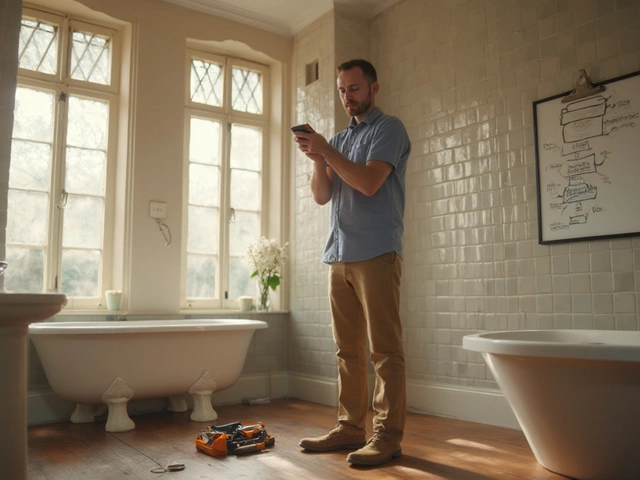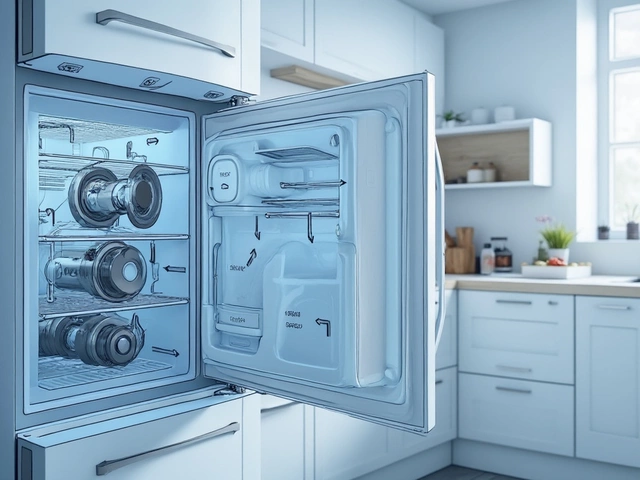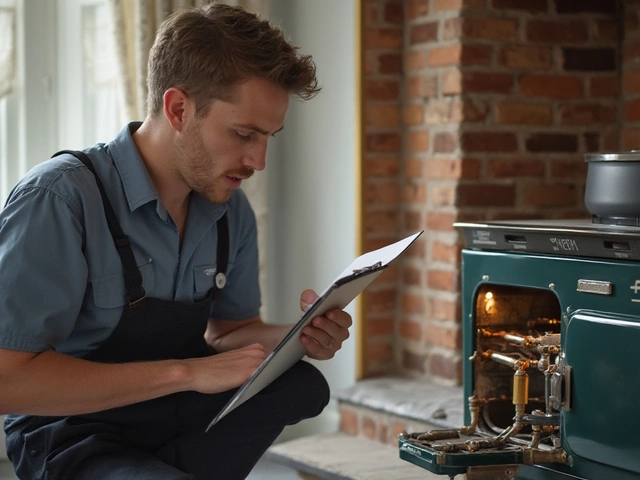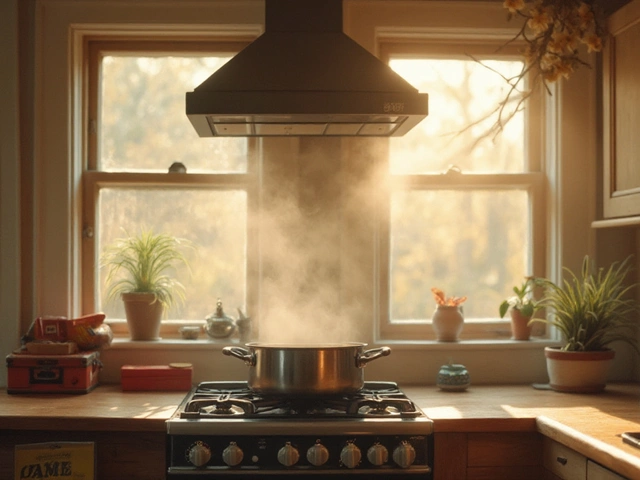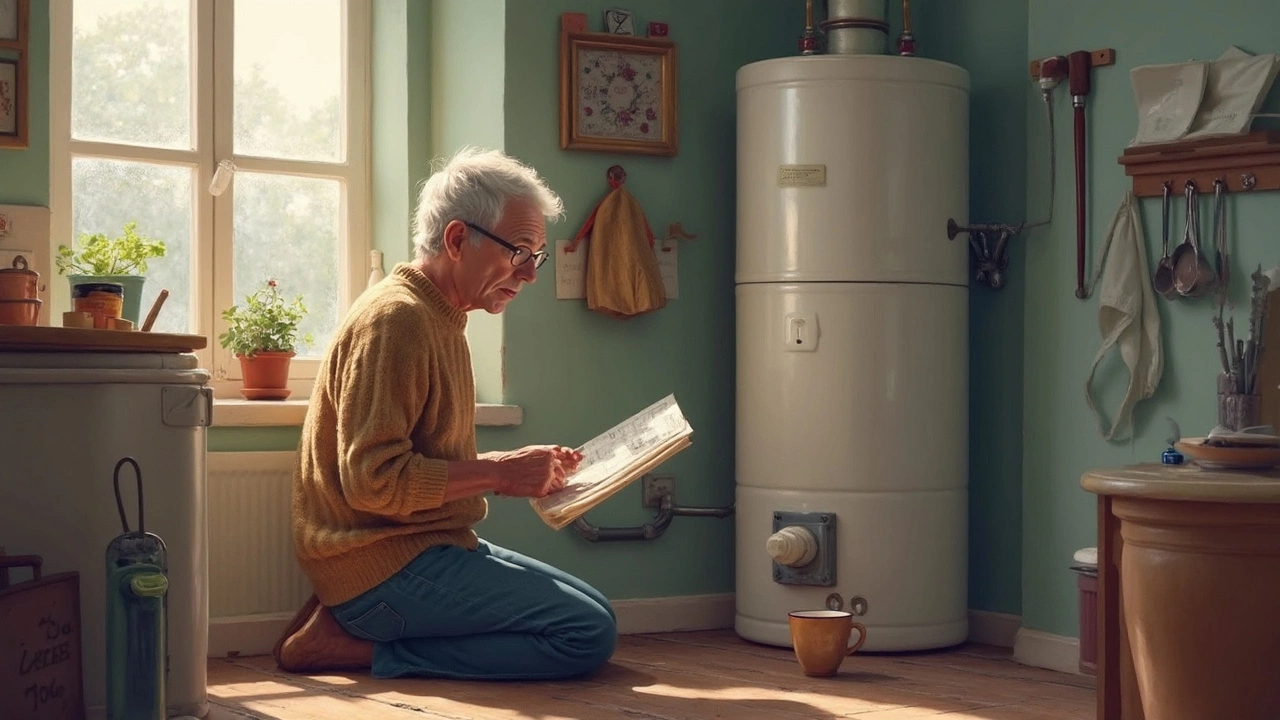Troubleshooting Water Heater: Simple Steps to Get Hot Water Back
Cold showers are a pain, especially when you’re rushing out the door. The good news is most water‑heater hiccups aren’t a total disaster. With a little know‑how you can often diagnose the issue yourself and decide if you need a pro.
Before you start, remember that water heaters deal with electricity, gas, and hot water – three things that can be dangerous if handled wrong. Always turn off the power or gas supply before you touch anything, and keep a bucket handy for any stray water.
Common Reasons Your Water Heater Gives Cold Water
1. Thermostat set too low – It’s easy to forget you adjusted the dial after a holiday. Raise it a few degrees and see if the water warms up.
2. Tripped reset button – Electric models have a safety reset on the side. A sudden surge can pop it, cutting off the heating element.
3. Pilot light out (gas units) – If the pilot flame goes out, the burner won’t fire. Follow the manufacturer’s steps to relight, or call a gas‑safe engineer.
4. Broken heating element – Electric tanks use two elements. If one burns out, you’ll get lukewarm or cold water. This usually needs a professional to replace.
5. Heavy sediment build‑up – Over time minerals settle at the bottom, insulating the tank from the burner. The heater works, but the water stays cool.
Step‑by‑Step DIY Checks
Step 1: Power or gas check – Flip the breaker off for electric heaters or shut the gas valve for gas models. Wait a minute, then turn it back on.
Step 2: Reset the unit – Locate the red reset button (usually near the thermostat). Press it firmly; you should hear a click.
Step 3: Test the thermostat – If you have a digital thermostat, raise the temperature setting and listen for the heating element kick in. No change? The thermostat might be faulty.
Step 4: Inspect the pilot (gas only) – Look through the viewing window. If the flame is out or yellow, it’s either dirty or the thermocouple is weak. Light it according to the manual or call a pro.
Step 5: Flush the tank – Connect a garden hose to the drain valve at the bottom, open the valve, and let the water run until it’s clear. This clears sediment and can boost efficiency.
If any of these steps restore hot water, great – you’ve saved time and money. If not, note what didn’t work and move on to the next step.
Recurring leaks, rumbling noises, or rusty water are signs the heater is nearing the end of its life. Most experts recommend replacement after 10‑12 years, especially if repairs keep adding up.
Regular maintenance makes a huge difference. Schedule an annual flush, check the anode rod for corrosion, and keep the area around the unit free of clutter. A well‑kept heater runs hotter, lasts longer, and costs less to run.
When in doubt, give Rugby Appliance Repair Services a call. Our technicians know the ins and outs of every brand, can safely diagnose the problem, and will tell you whether a repair or a replacement makes sense. We’re just a phone call away from getting your hot water back on track.

